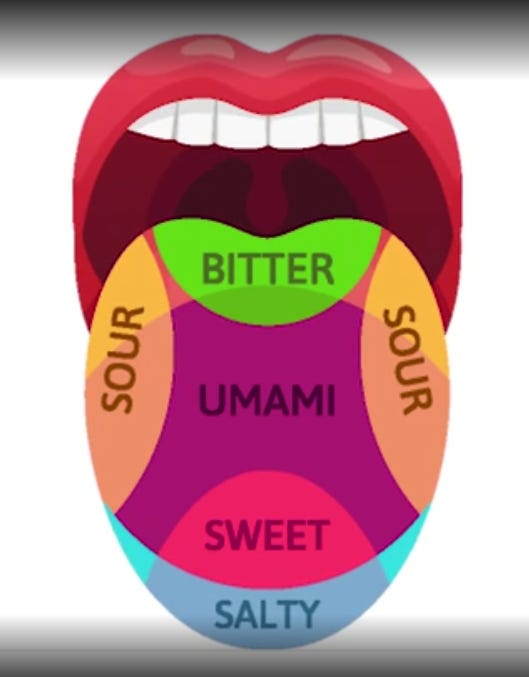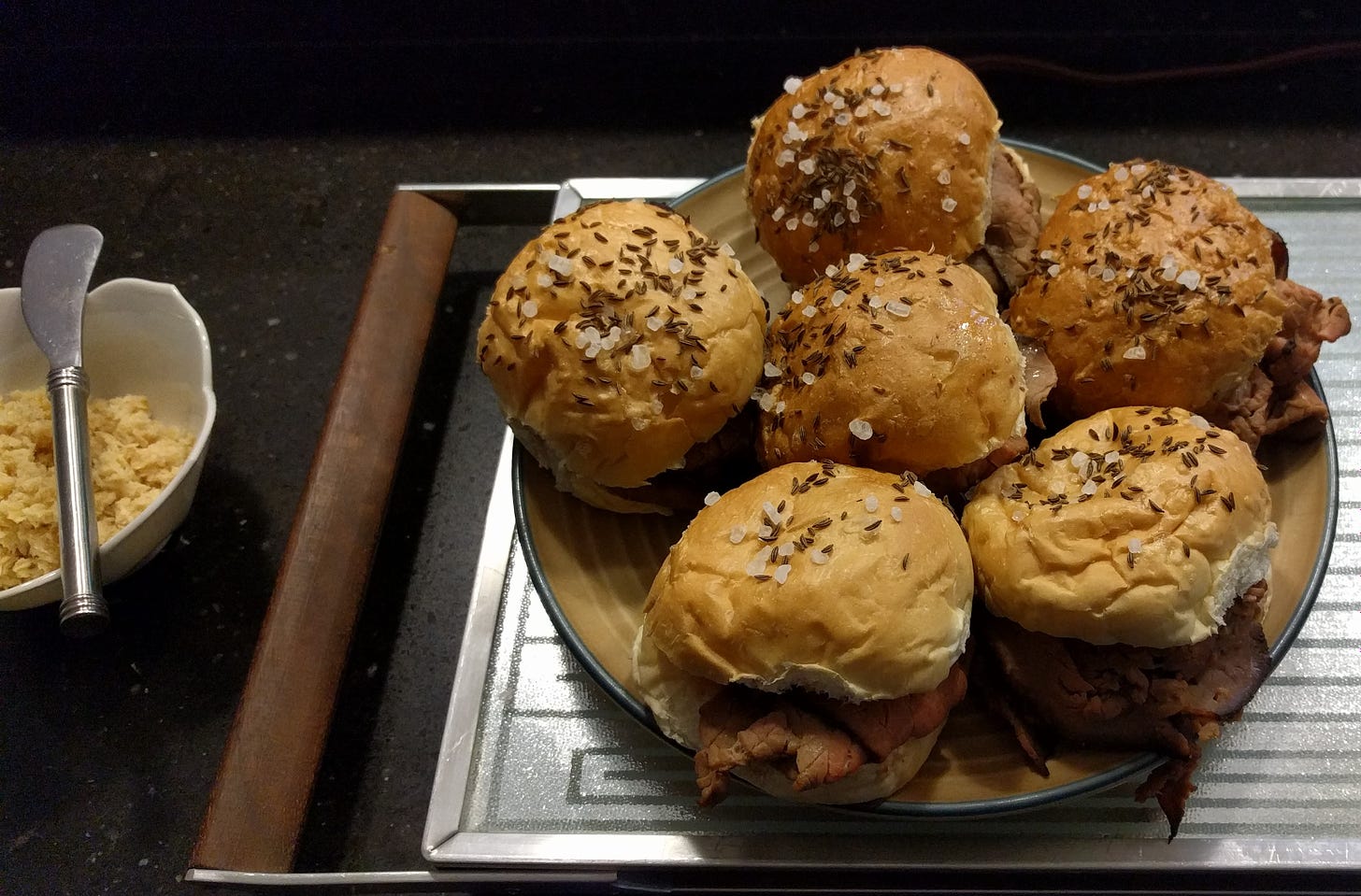
Tonight, I decided to write about food. Specifically the food of my youth that I readily seek out when I return home for a time. I read a blog last night that took me back down memory lane to the food we ate in childhood. I spent my childhood in Western New York in a suburb of Buffalo named Cheektowaga (the land of the crabapples).
I decided to share the historical paragraph from the Town website provided here.
Cheektowaga comes from the Erie-Seneca Indian word, Ji-ik-do-wah-gah, or “place of the crabapple tree.” The earliest Indian dwellers were Neutrals, who lost their lands to the Seneca tribe of the League of the Iroquois. For almost a century, this area remained hunting and fishing grounds of the Six Nations. Of the few Indian villages along the Niagara frontier, one was located in central Cheektowaga. Ga-sko-sa-da, or Falls Village, sprawled along the Indian trail that was on the north bank of the Cayuga Creek, The village’s long houses were built from Borden Road, near Broadway, along the creek bluff to Union Road.
Here is a little more history from home. Most people associate the name Buffalo with that iconic animal also known as a bison. Truth be told, they were much more prominent on the great plains. The early French explorers of Buffalo and the remarkable natural wonder of the world nearby (Niagara Falls) named the enchanted place. The Niagara River that adjoins near Buffalo was termed by the explorers as beau fleuve which is French for the beautiful river. Imagine a British brute pronouncing beau fleuve and you can readily imagine how it became Buffalo. If you want to hear it in the original French, here is a Google Translate rendition, just click the link and press the speaker. French remains the most beautiful of languages. Buffalo eventually became the strategically located city at the end of the Erie Canal and the gateway to the interior Great Lake cities. By the time of its founding, New York was growing at amazing rates and would soon displace Paris and London amongst the world’s largest cities. The floodgates of European immigration to North America were continuous. A place like Buffalo experienced the overflow of New York arrivals and was settled in successive generations by the waves of European immigrants. Jobs were plentiful and industry leveraged the power of the falls thanks to George Westinghouse and Nikola Tesla (Edison wasn’t involved as he was convinced DC current was the future). There were established areas of the city where Jewish, German, Polish, Irish, Greek, and Italian immigrants arrived at different times. During the Civil War, its proximity to Canada made it a key location on the Underground Railroad. After reconstruction, all the way through World War II made it a migration choice for African Americans seeking a better life from the American South.
There were established areas of the city and its suburbs that had established ethnic neighborhoods. There was an area called Kaisertown. South Buffalo was largely Irish-American. Cheektowaga was Polish-American. Bailey Avenue was a demarcation for Italian-Americans. Buffalo was a melting pot although some of the alloys were not necessarily well mixed together. In many ways, Buffalo was somewhat Balkanized by ethnicity. Nevertheless, there was a diverse set of food options and the emergence of some special local fare.
Well, I believe I have now set the table for what I still consider, amongst all of my travels to be the most unique and fine sandwich I know. I freely admit that the New Orleans Louisiana Muffaletta (Central Grocery) is a VERY CLOSE second from my point of view, but the point of this tale is the food of our youth. I associate this sandwich with a wonderful meal that my Mom eventually mastered. My affection for this meal remains despite my current diabetic condition, avoidance of carbohydrates, and my late age shift to a Plant-Based Diet (PBD). If exceptions are to be made, make them worthwhile. I think, if you try to replicate this, you will not be disappointed.
First, we must discuss the role of the roll (haha) and why it approaches perfection for this particular sandwich. This is a hot prepared sandwich that will include gravy so the underlying base must be substantial. This roll does not disappoint. It is clear from the description that follows that we must attribute the success of this to our German-American immigrants who settled in Kaisertown. I think we all may know what a kaiser roll is but here is a photograph of what many of us associate as the classic kaiser roll. I think in any large supermarket, they are available as plain, sesame seed, and poppy seed varieties.
It is now time for a segue to explain what constitutes a great sandwich. A great sandwich needs texture, rich taste, and complexity that can deliver to all of our taste buds. As youngsters, we all learned that there were regions on our tongues over which our taste buds were distributed. A ridiculous map of what our tongues were like and their regions were taught to us as young students. The map is quite meaningless but somewhat useful nevertheless to make a point. If you are a frequent reader, I consider this tongue map similar to the Earth Science instruction of 9th grade. One of my favorite family movies is Secondhand Lions. Robert Duvall delivers a speech to a young boy coming of age. The point of the speech perhaps is a stretch to the point I am trying to make. Nevertheless, the point, in the case of this wonderful sandwich and your tastebuds, is we need a way to understand why a blend of tastes and sensations can make a given food simply wonderful. I think that a great sandwich delivers a layered combination of flavors and I believe you will therefore see why a “Beef on Weck” delivers the goods. Interestingly, for those of you who also enjoy that other Buffalo classic Buffalo-style chicken wings, you will notice that we don’t have “spicy” tastebuds. If you are interested, the following link from Discover magazine explains the science behind capsaicin which is the chemical that makes peppers hot for example. You will discover if you have the patience to finish this post, that this wonderful sandwich will not forget about providing some heat to your sandwich (and not by resorting to the gross slurry called horsey sauce at Arby’s).

The Beef on Weck is a shortened name for the original. The full name of our sandwich today is Roast Beef on Kummelweck. What’s up with that name and no wonder we shortened it! The secret here is the caraway seed. That magical addition to great rye bread. It turns out that in German (remember the Kaiser Roll) the translation for caraway is kümmel. So the arcane beginning of this sandwich, as it may appear on the menu of an old-fashioned Buffalo bar offering the best bar food I know (wings and weck for example) might describe our subject sandwich as Roast Beef on Kümmelweck. Wecken, in German, is bread roll. So all of this is well and good but how do we fashion our own Kümmelweck rolls. Well, thanks to Charlie the Butcher, a popular spot in Buffalo offering the specialty and the research of Bobby Flay on Food Channel, the way to make your own rolls have been revealed and it is quite easy starting with pre-made kaiser rolls or sliders which is my preferred delivery. If you have given up on this post, just head to the store and get going on the recipe. If not, I will continue this post for the patient and hopefully paint a wonderful word picture.
Rather than settling for a plain kaiser roll, the Kümmelweck is transformed by topping it with rock salt and caraway seeds in equal measure. When making a savory roast beef sandwich with a dip of au jus or gravy, the salt will be our friend. We are finally putting the sandwich together. I will skip the best way to make a roast beef (the rump roast cut is excellent) except to say the sandwich calls for thin sliced rare or medium-rare beef. After piling on the beef and dipping the top of the roll in au jus or gravy (remember we needed a SUBSTANTIAL roll), we are almost complete.
While an optional ingredient, in my humble opinion the key to finishing the sandwich right is to add some bite. That comes from fresh horseradish slathered on top of the beef. In the same way that we have come to enjoy a bit of wasabi and a feathery wisp of ginger with fresh sushi, the horseradish provides a wonderful finish and contrast to the rest of the sandwich. Remember our tongues are looking for an array of contrasts to truly satisfy us.
Thanks for reading and please pass along a comment, especially if you decide to give this well-kept Western New York treat a try. For those I have shared these with, they almost always agree that chicken wings are the second-best food that Western New York has to offer the world. If your travels take you to the area, the sandwich at Schwabl’s served with German Potato Salad and beets is simply remarkable. While the location has changed, their establishment has been serving since 1837.

So what to make of music for this evening. My Polish family originally settled on Broadway Avenue. My great-grandfather made his living as a tailor. The apocryphal story that prevails for those early Sikorski’s is that Franciszek Sikorski sold a suit to a visitor from out of town visiting for the Pan-American Exposition in 1901 held in Buffalo. If not for Franciszek, you would have never read this post and would not know about one of the finest sandwiches in the land. Two days later, that smartly dressed man, Leon Czolgosz would assassinate President McKinley. Here is a song about Broadway from Buffalo’s own Goo Goo Dolls. The encore, of course, is this song, delivered live in their hometown on the 4th of July. Singin’ in the Rain! There will always be a reason to stop but another reason always remains to continue.





I'm not interested in the beef, but those Kümmelweck look amazing! I might need to make some of those rolls... 😛
You made me homesick, Mark! Next time I’m back in “beau fleuve,” I’m hitting up Charlie the Butcher.